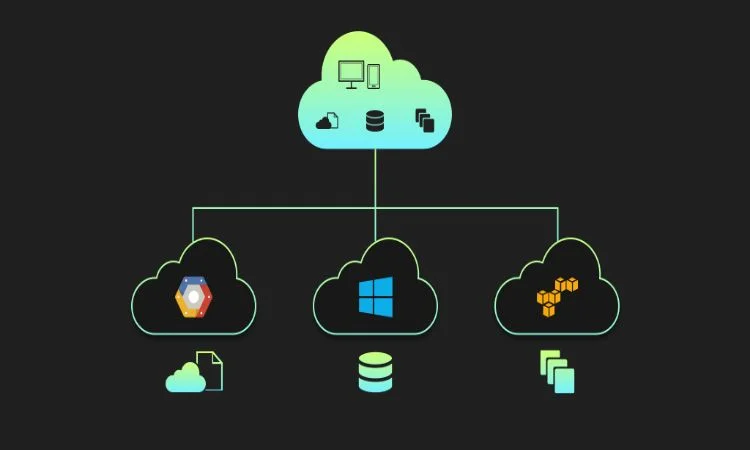The Growing Role of Neural Networks: Insights from Experts

In recent times, the impact of neural networks on everyday life, including human communication processes, has become increasingly prominent. Neural networks are not only solving various tasks, saving employees time, but they are also the foundation for creating new services.
Experts and ordinary users assess the potential impact of neural networks on life and the technological future of the planet in different ways. We sought opinions from IT experts on both the positive and negative factors of the influence of neural networks and their active proliferation.
Ethan Taylor, an IT developer for the financial application FinLevel One, outlined the positive and negative aspects of the consequences of neural network development. “Neural networks can be metaphorically described as psychologists and analysts simultaneously. Existing algorithms now accurately determine users’ tastes, interests, and preferences. They do this not out of curiosity but to enable marketers to use the gathered information for more precise targeting of advertisements and content recommendations to users. On the downside, there’s a tendency for a decline in critical thinking at work and in consuming information when people habitually shift most tasks to neural networks.”
Those intimately involved in the development process can discern these trends even more clearly, as they have a better understanding of upcoming technical perspectives and can observe user behavior.
Vage Zakaryan, Head of Development at Gem Space superapp, shared his perspective on the matter: “Neural networks, at their current stage of development, are primarily our assistants. It’s time to reap the first genuinely useful results from their existence. There are numerous examples of artificial intelligence benefiting us. Neural networks can assist in creating more intelligent and efficient chatbots, aiding users in various tasks, from playing the role of customer support representatives to translations and text composition. Additionally, neural network algorithms enhance the quality of information search on the web, allowing users to find the necessary information faster and more accurately.”
Highlighting a negative role, Zakaryan mentioned the use of neural networks to create smarter and more sophisticated spam messages. Bots can convincingly simulate written conversations with real people, and even phone calls may feature voices imitated by artificial intelligence. In such cases, he advised maintaining maximum vigilance and not trusting such information without verification.
Felice Noland, Marketing Director at Market&Marker Design, also agrees that neural networks can bring both benefits and harms, and the balance will be determined by people themselves. “Neural networks can more effectively combat spam, phishing, and other forms of fraud. Their functionality can be configured to filter out many spam messages and calls before users receive them. However, the strengthening role of neural networks may lead to increased surveillance of users and a loss of privacy. Neural networks can still make decisions that are unclear to users, not always maintaining an adequate dialogue, which can generate distrust in technology among some users.”
To conclude, it is best to focus on extracting maximum benefits from what neural networks excel at, while continuously monitoring their development. What we witness today is far from the limit of their capabilities.

Why Smart Startups Choose Custom AI Business Solutions Today

How to Optimize Business Operations with Vending Machines in Australia

How a portable office for sale can streamline on-site operations and boost productivity

Onsite Tire Change in Ottawa : Safe Fast & Professional Tire Services

Accelerating drug discovery through the DEL-ML-CS approach

Top Reasons Law Firms Are Replacing Call Centers With TeleWizard

5 Common Multi-Cloud Networking Mistakes & Fixes

Eye-Catching Composition Techniques Using Action Camera Wide-Angle Lenses








